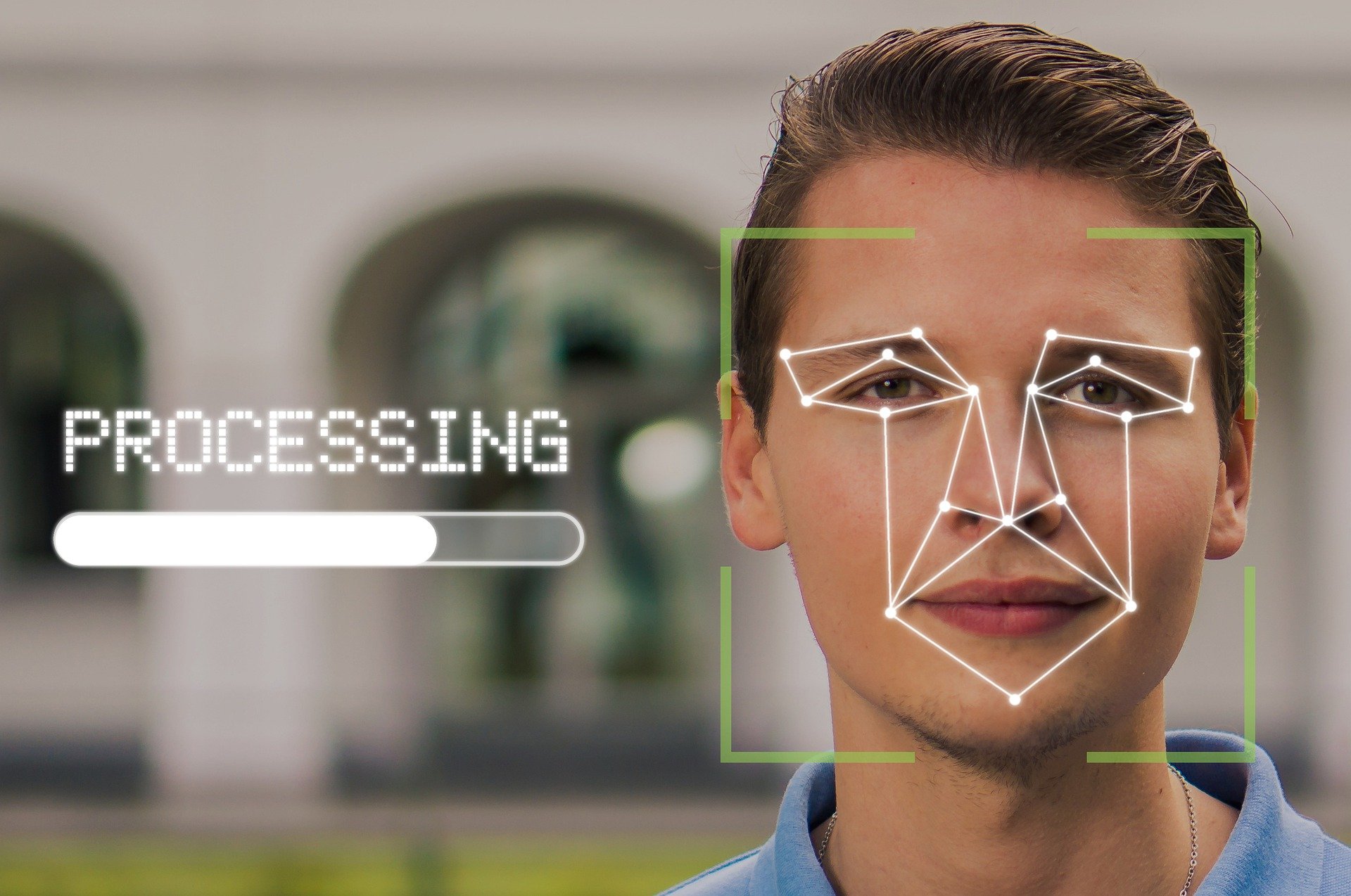
IRS New Authentication Option
As you may or may not be aware, the IRS received heavy backlash regarding the use of facial recognition as a verification tool for creating an IRS Online Account. Understandably, privacy concerns arose as a result of requiring taxpayers to submit a form of government identification such as a driver’s license or passport along with a photo to use for facial recognition. These forms of proof are to be used to register for an online account, which is then routed through a third party provider, ID.me.
Due to the backlash, on Monday, February 21st, the IRS announced another option for taxpayers to use for authentication. While the use of facial recognition is still an option, the IRS offered a second option for those wishing to opt out of this process. The new authentication option allows taxpayers to register through the use of live, virtual agent interviews.
For those taxpayers who have already made use of the biometric verification tool, the IRS has explained that all collected data will be purged within the next few weeks, and all future captures will be deleted upon creation of the account.
Although there were concerns, using ID.me is still a valid option for taxpayer authentication. The company’s focus is providing identity verification and it provides verification options outside of facial recognition that companies can use to verify user identity, such as through video chat. They are continuing to work on more options to meet customer needs, concerns and requests.
While ID.me is a tool used by several other government agencies and states, the IRS is looking into alternatives. This tax season we will not be seeing any changes, but by this time next year, the IRS is pushing to have Login.Gov as the authentication tool they will use.
Stay tuned to find out what procedures are implemented in order to cut down on identity theft and taxpayer fraud.
Source: https://www.accountingtoday.com/news/irs-lets-taxpayers-opt-out-of-facial-recognition
